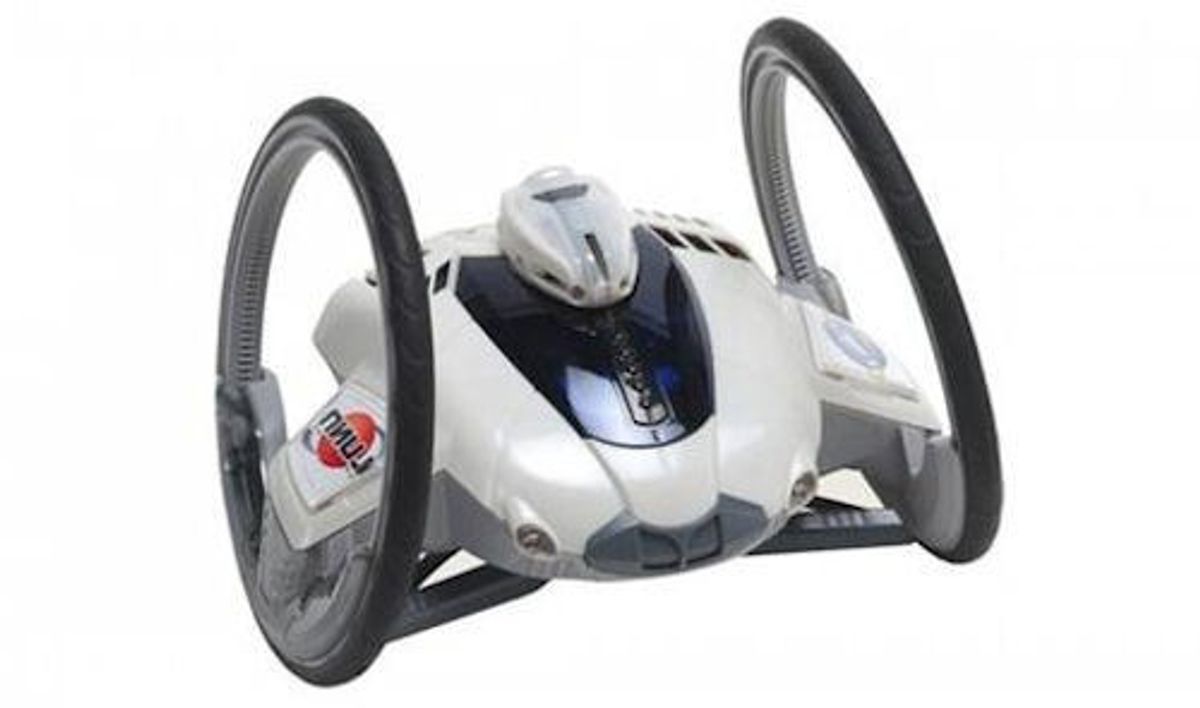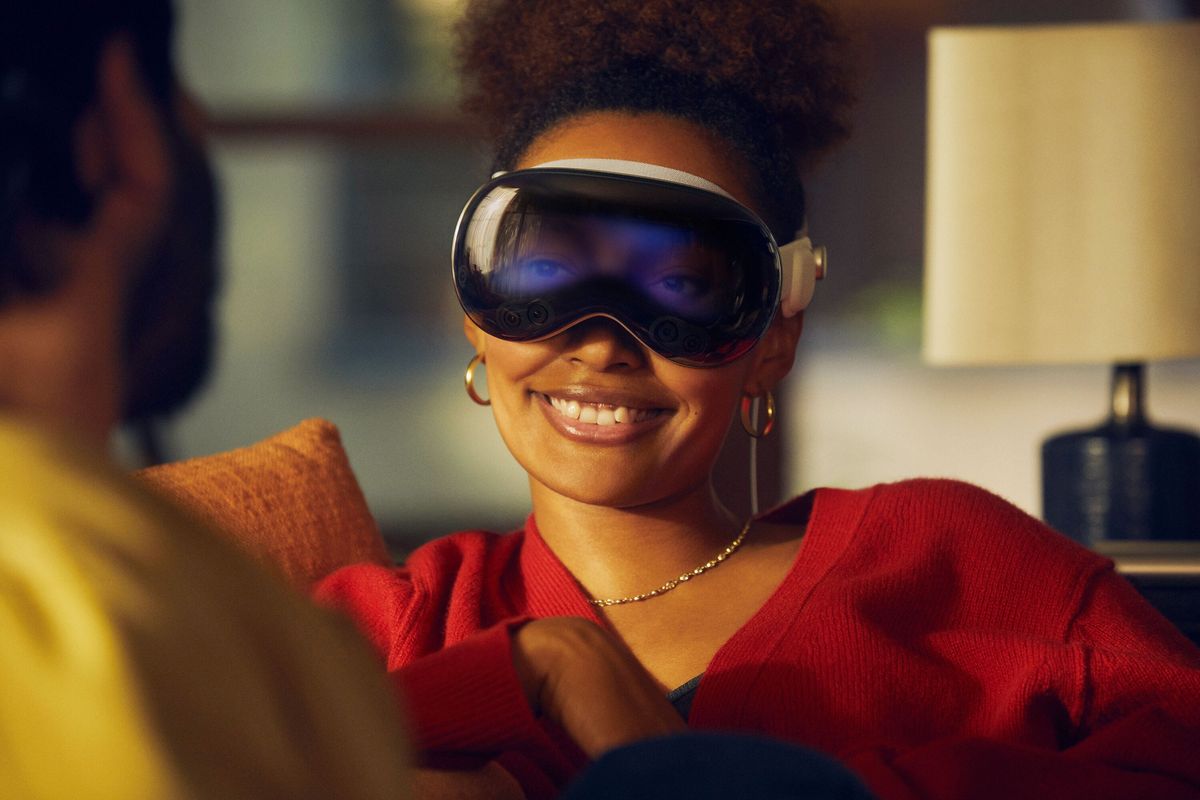Robotic toys have yet to really catch on; the excitement of an iPod playing robot, a surveillance robot, or a dancing robot tends to wear off pretty quickly. A new company called Robonica thinks there's a better way: introducing robotic toys as the means to playing a structured game.
Long the purview of companies like Wowwee, many robotic toys suffer from the "Christmas morning problem": they're exciting for a few minutes, but then the novelty wears off. Even new companies like Bossa Nova Robotics are set up for the same problem with their robots Prime-8 and Penbo (Prime-8 is a gorilla that farts; Penbo is a penguin that pops out a baby robopenguin. Nothing gendered about that AT ALL). While they're very fancy for toys, they aren't good at holding kids' attention spans.
Which is why I was intrigued when I heard that Robonica, a company based in South Africa with a commercial office in Massachusetts, was taking a different approach: releasing a set of robotic toys designed to allow the owner to compete in a structured game or competition.
Robonica was born out of frustration – frustration with the inability of the current generation of radio-controlled and robotic toys to provide any form of structured and interactive play, and frustration with the increasingly anti-social and intangible realities of video games.
On 28 September they'll be releasing Roboni-i, a 2-wheeled programmable robot that can not only wander around autonomously responding to stimuli -- roughly the capability of many Wowwee-type toys -- but can also become a playable virtual avatar in a structured MMO (massively multiplayer online) environment. The gaming structure can also be exported to local, in-person competitions and tournaments using the physical robots.
What's fascinating to me about this is that it's taking the best business models of video and tabletop games and combining them with these robotic toys that have a lot of potential but are lacking a true niche. Compare this to something like Dungeons and Dragons or Magic: The Gathering, or video games like World of Warcraft and Halo. The structured social and competitive network encourages gamers to buy the required "hardware" -- whether it's collectable cards or robots -- and makes it worth having. And no one can question the success of these MMO models.
Wowwee's Robosapien and Bossa Nova's Prime-8 do have "suggested" games and built-in communication capabilities with other robots in the line; in fact, Prime-8 is fundamentally not all that mechanically different from Roboni-i. But what they're lacking is an overarching game structure. There's a difference between saying your robot is capable of playing laser tag with other robots, versus marketing a robot as an avatar in a highly integrated virtual and real world infrastructure to play that laser tag.
Now, Robonica is really a pioneer in this realm, so it's easy to question whether or not people are actually willing to drop money on these little robots just to play a game made up by the vendor. Then again, in elementary school I was dropping embarassing amounts of money on small circular pieces of cardboard just to play a loosely structured game, so I can see a programmable robot being a far more attractive investment. Most other robotic toys are running between $50 and $100; Robonica hasn't released its pricing yet, but I'll be curious to see where they end. With the programmability and accessories for the gaming, I could easily see it falling closer to the $250 of a LEGO Mindstorm kit.




